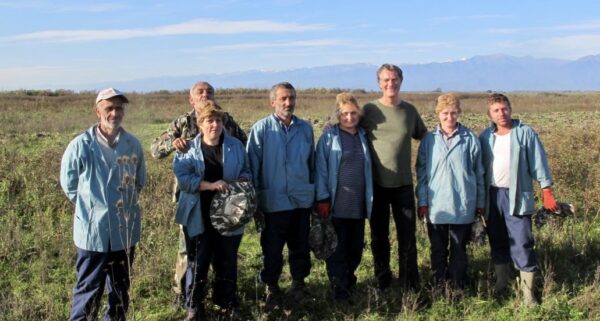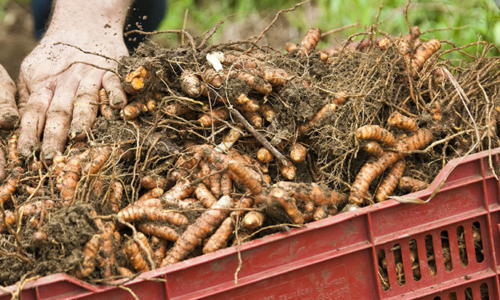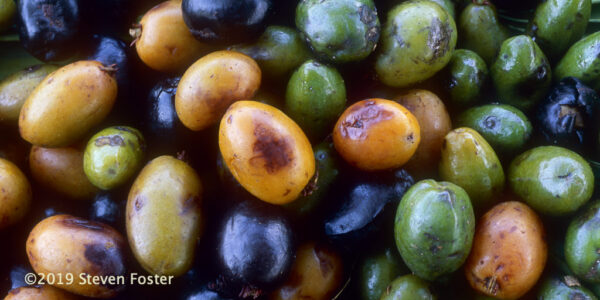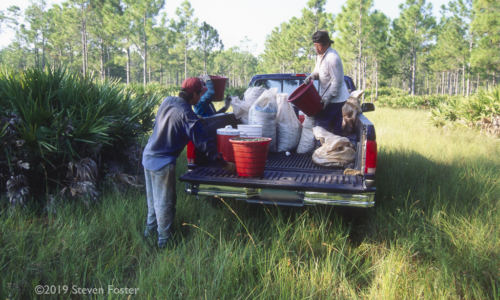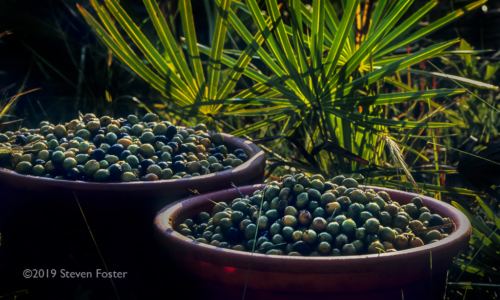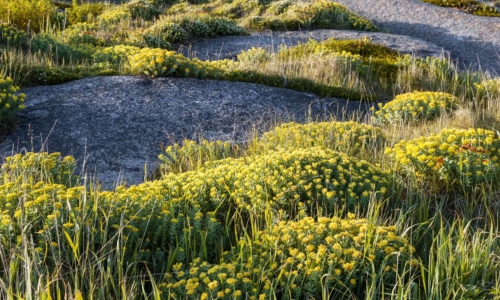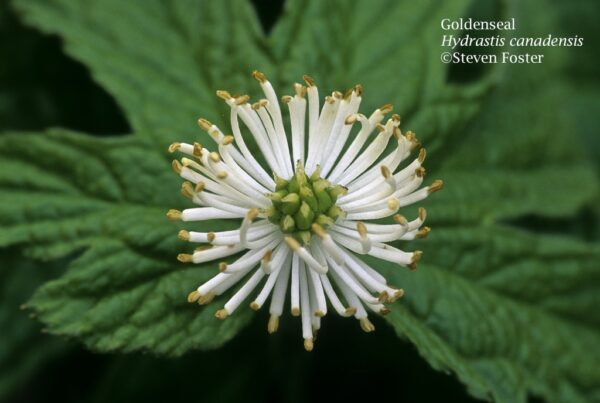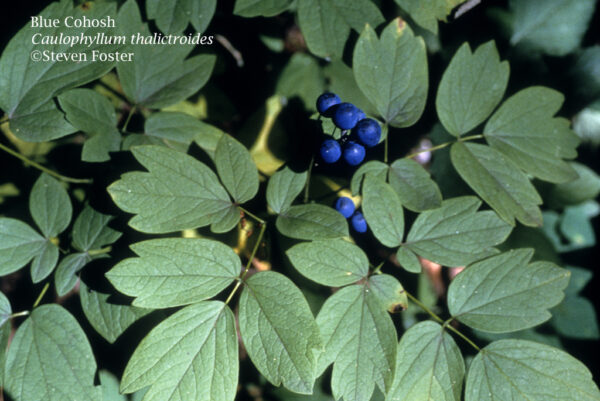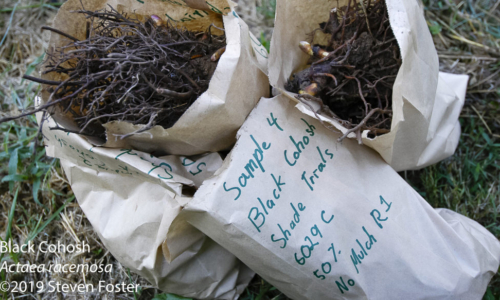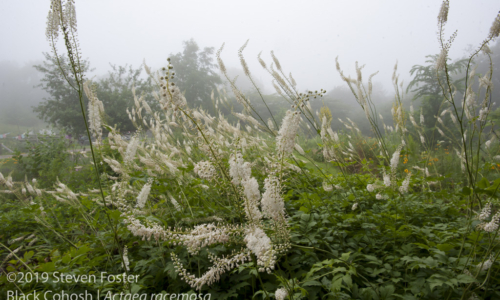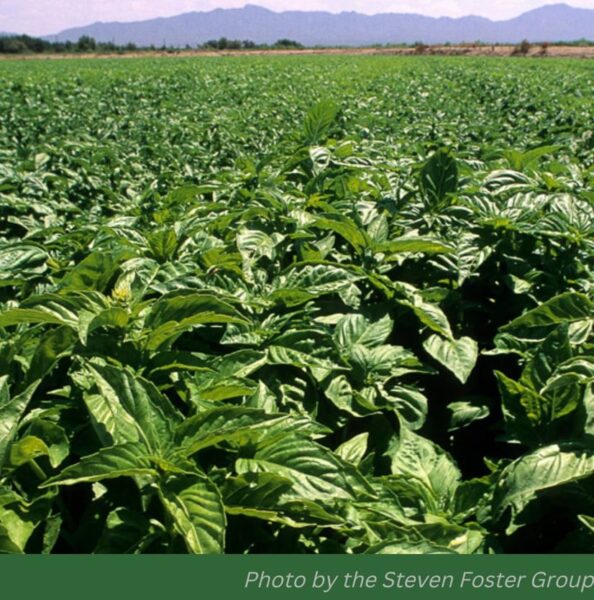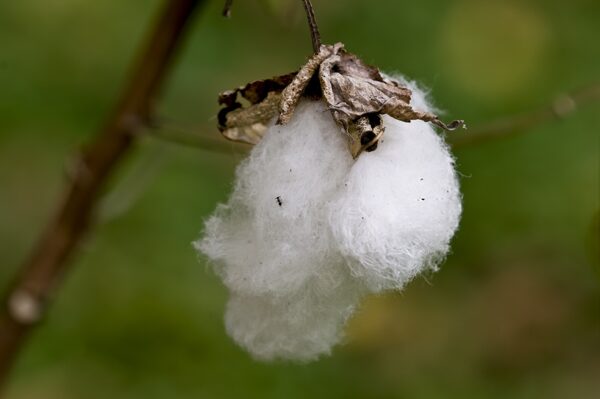Plants in Commerce
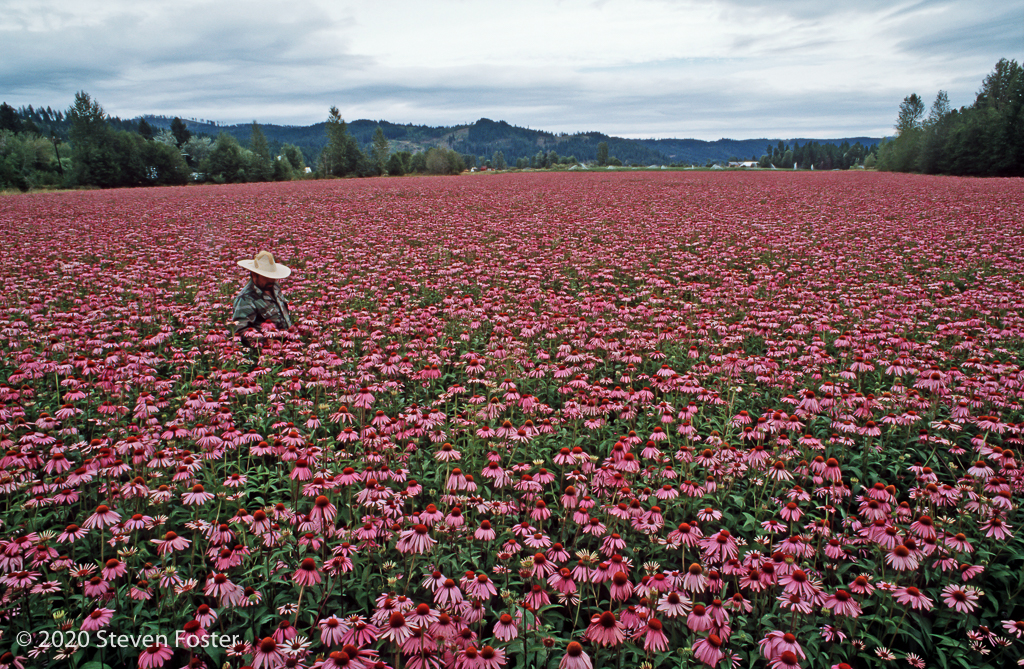
Where do Medicinal Plants Come From?
As a student of herbal medicine, I learned about using elder berries to boost the immune systems, nettles as a tonic, lemon balm and skullcap to soothe nerves. We prepared tinctures and medicinal teas from fresh and dried plants. On herb walks we learned to identify lady’s mantle, valerian, black cohosh and goldenseal. In between the monthly classes, we were instructed to build our materia medica, creating a file for each plant with information about the common and botanical names, habitat and growing conditions, uses of the plant, and our experiences of its effects in our bodies.
But we didn’t learn about where those plants came from, who grew or harvested them, how they were processed, the different hands that handled them on their journey from seed to shelf. We didn’t learn that because few people were asking those questions. Consumers were increasingly concerned about where their food came from. They weren’t so worried about their herbal products or dietary supplements.
Where is the Information?
This is changing. Even so it is hard to share concrete information about plants in commerce because it is hard to find concrete information. The herb trade was built on secrecy and a lack of transparency. Companies don’t like to share their suppliers with their competition. Certifications, beginning with certified organic in the early 1970s and continuing with third party voluntary standards and regulations like Good Manufacturing Practices, are making transparency more attainable. This makes it easier to begin finding information on origins of botanical raw materials.
Even then It is also difficult to gather this information because it is different for each plant. Unlike coffee or cacao, the story of black cohosh’s journey from seed to shelf is different from that of chamomile or rhodolia and each one requires separate research. I’ve asked Josef Brinckmann to share information on a particular plant, black cohosh, say, or turmeric. He typically sends me at least twenty articles from around the world on that particular plant.
And it is difficult because the information is stored in different data bases, using different languages and use different ways of assessing and measuring information. It is almost impossible to compare or generalize about how many plants are sourced from which regions of the worlds.
Pick a Plant
Experts in sourcing plants from around the world almost always answer my questions with qualifications about why they can’t make generalizations and then speak at length on details about that particular plant. And so these posts on plants in commerce are nuanced and complex because the issues are nuanced and complex. There are no easy answers about sourcing medicinal plants from around the world.
Following Josef Brinckmann’s advice to Pick a Plant, we are diving into different plants to tell the stories of where they are from. How are they grown? By Whom? What are the key sustainability issues in sourcing these plants?
Then What?
- Let companies know you are paying attention.
- Use this information for teaching.
- Share this information alongside details about what your products that use this plant can be used for.
Diving Deep
The Plants
Blog Posts Related to Plants in Commerce
How Many Medicinal Plants are Cultivated?
In the Sustainable Herbs Program Webinar, “The Importance of Data...
The Stories Plants Tell
A conversation with ethnobotanist Claudia Ford about her research into...
Sustainable Schisandra Sourcing: Wildlife Friendly Tea
Josef Brinckmann of Traditional Medicinals talks about the importance of...



